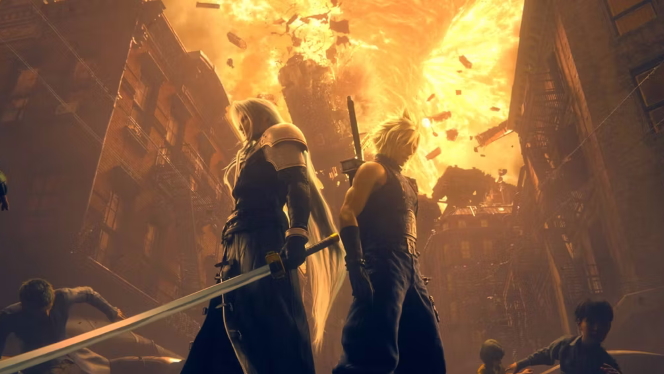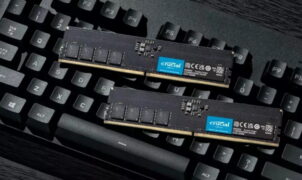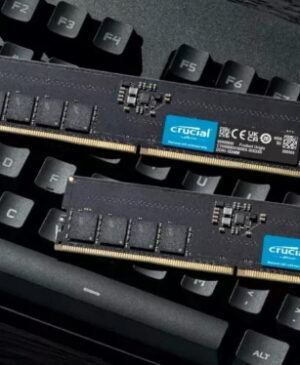Square Enix’s embargo on the game has ended, so many people have already tested the full game and can now report on its performance.
The game uses Unreal Engine 4, and while it can be described as polished, Digital Foundry’s analysis embedded below finds it lacks consistency in the quality of assets and lighting. Final Fantasy VII Rebirth is therefore somewhat held back by the aging technology of Epic Games (Unreal Engine 5 has long been available).
Two graphical modes are also available for the full game. The performance mode lowers the resolution but tries to run Final Fantasy VII Rebirth at a frame rate of 60 fps, while the quality mode runs the game, which will be released next week, at 30 fps with a higher resolution. According to Digital Foundry, the native resolution of Performance Mode is around 1152p, but we may have perceived it differently in the demo due to poor upscaling. Square Enix has since changed this, as it uses a focusing technique to double the nearest pixel, perhaps not very well. The framerate cannot stay stable around 60 FPS, as it drops to around 50 in bigger fights and when there are a lot of NPCs around.
In quality mode, the world is more detailed and close to the native 4K resolution, but in some cases the native resolution can drop to around 1440p. There are no upscaling issues here, and it holds steady at 30 FPS in most cases. It is very rare to see it drop to 29 FPS! Digital Foundry says that there is no motion blur during camera movements, which can look a bit ugly.
Since Final Fantasy VII Rebirth is not a frenetic hack’n’slash like Devil May Cry V, for example, 30 FPS might be a better choice as it provides a more stable, nicer experience. For this reason, you might want to choose Quality mode instead of Performance mode, as it won’t be as distracting. The game is scheduled for release on February 29th for PlayStation 5.
Source: WCCFTech









![[TGA 2025] Tomb Raider: Legacy of Atlantis: Another Remake of the First Game! [VIDEO]](https://thegeek.games/wp-content/uploads/2025/12/theGeek-Tomb-Raider-Catalyst-Legacy-of-Atlantis-Remake-Crystal-Dynamics-302x180.jpg)





Leave a Reply